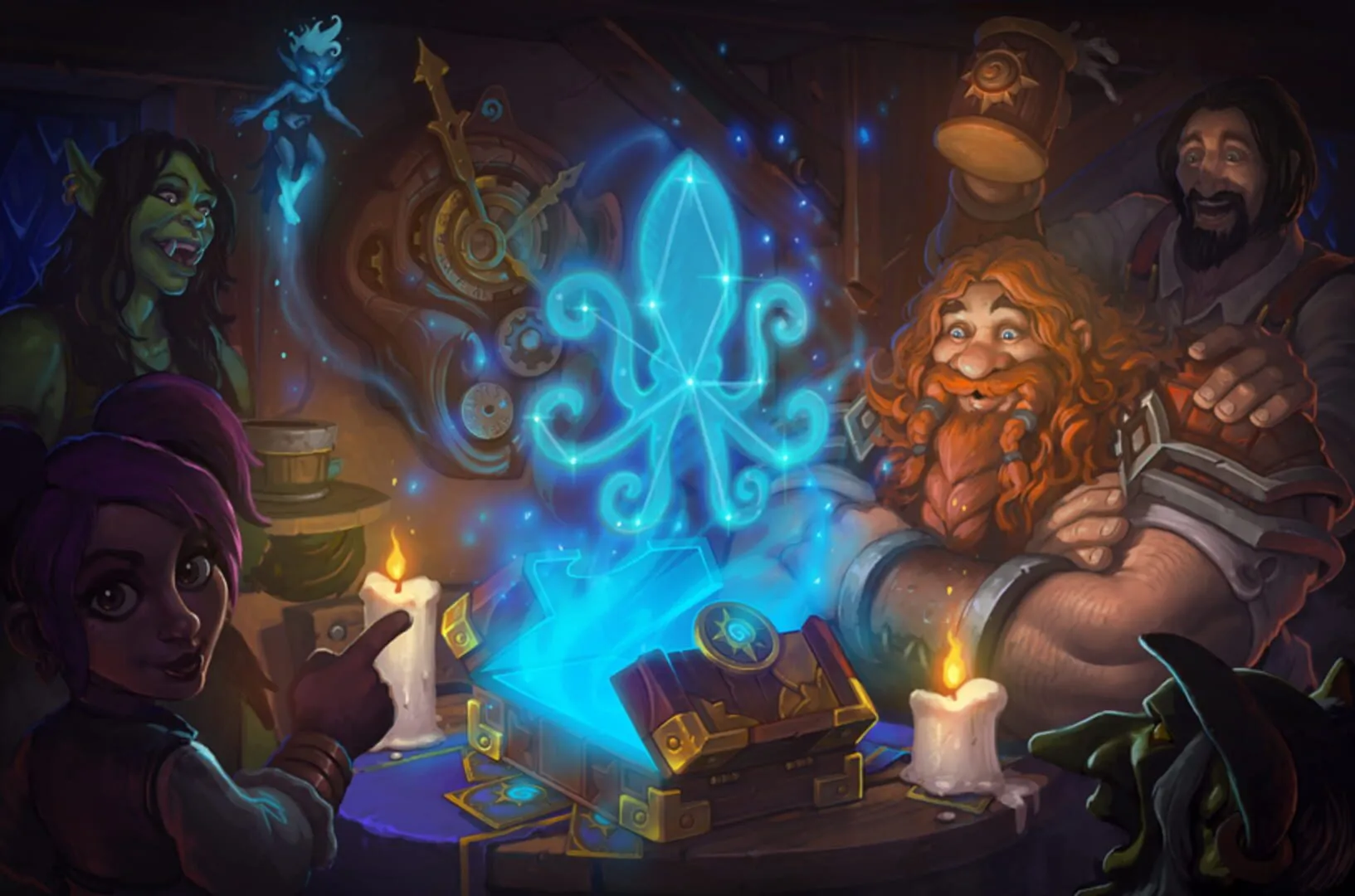In the ever-evolving landscape of Hearthstone, keeping a keen eye on the shifting meta is paramount for any player aiming to climb the ranks or hold their ground in competitive play. The game, a digital collectible card game by Blizzard Entertainment, has sustained its popularity and competitive edge thanks to its dynamic gameplay, an ever-expanding roster of cards, and a pulsating meta that keeps players on their toes. Understanding the Hearthstone meta, the predominant strategies and decks at any given time, is crucial for anyone looking to make their mark or maintain their prowess within this digital battlefield.
Meta Decks and Their Use
The term “meta” in Hearthstone refers to the most effective tactics available. Meta decks are those deck builds that have proven to be the most efficient in prevailing over opponents due to the current state of the game, influenced heavily by the latest card expansions and balance updates. These decks climb to the top because they have a high win rate against a large portion of other strategies being played at any time.
Players meticulously construct these decks, poring over stats, synergies, and potential counters, often taking cues from tournament play, which often sets the trend for what becomes popular or “meta”. These decks can range from aggressive (Aggro), controlling the board (Control), to a balanced approach (Midrange), and understanding each deck’s mechanics, strengths, and weaknesses is vital for any player.
Shifts in the Meta
The meta is far from static. It fluctuates, sometimes subtly and other times drastically, with every new expansion, card nerf, or buff. A card or combination that was once deemed unstoppable can become obsolete overnight, and vice versa, leading to a ripple effect across the entire landscape of play. This fluid nature is part of what keeps Hearthstone engaging for its legion of players.
New expansions are the most significant catalysts for change, introducing new mechanics and cards that can instantly elevate a class or strategy. However, developers also periodically adjust the power level of existing cards in a process known as “balancing” to ensure no single deck type becomes overly dominant. These shifts require players to be adaptable, always ready to reevaluate their deck choices and strategies.
Class Dominance in the Meta
While all of Hearthstone’s classes are designed to be viable, there are times when certain classes ascend to dominate the meta. This dominance is often tied to the strength of their current available cards, synergies within those cards, and how well they match up against the prevalent decks in play.
Classes such as Mage, Warrior, and Druid have seen periods of dominance thanks to powerful card synergies or game-changing legendary cards. However, class dominance is as fluctuating as the meta itself, with buffs, nerfs, and new card sets shifting the power balance between the classes. Analyzing which class is currently “on top” and understanding why it’s dominant gives players a significant advantage, both in constructing counters and piloting these powerful decks effectively.
Adapting to Meta Changes
Adapting to the ever-changing Hearthstone meta is a skill that requires vigilance, foresight, and a willingness to experiment. Players must constantly be on the lookout for emerging trends, new deck archetypes, and shifts in class dominance to stay ahead of the curve.
One way to adapt is to frequently visit forums, watch streams of high-level play, and engage with the community to gather insights into what the top players are using. Additionally, understanding the rationale behind certain deck constructions—not just copying them verbatim—can provide players with the knowledge to tweak decks to their play style or to counter the current popular decks.
Flexibility in card choices is also key. Players should be prepared to adjust their decks, swapping cards in and out to better suit the current meta. This adaptability can make the difference between a deck that is merely competitive and one that is dominant.
Predicting the Meta
Predicting the future direction of the Hearthstone meta is akin to forecasting the weather: there are indicators and patterns, but surprises are always a possibility. Players who can accurately anticipate shifts in the meta can gain a significant advantage, crafting decks that are poised to dominate before the majority catch on.
Analyzing upcoming card expansions is a crucial part of this prediction. Players speculate on how new cards will synergize with existing ones, which classes might benefit the most, and how these changes might disrupt the current meta. Furthermore, paying attention to adjustments made by the developers in balance patches can provide insights into which cards or decks they believe are under or overperforming.

